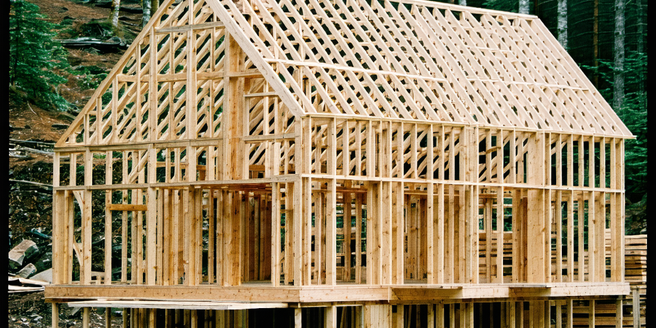
Understanding Climate Resilience in Home Design
Climate resilience in home design focuses on creating structures that withstand and adapt to varying climate conditions. This involves using sustainable materials and design methods that reduce environmental impact and enhance durability. By integrating features such as rainwater harvesting, solar panels, and energy-efficient appliances, homes can become less reliant on non-renewable resources, reducing carbon footprint over time. Thoughtful design also considers rising temperatures and heavy rainfall, incorporating adaptive measures such as elevated foundations and efficient drainage systems to prevent damage. Overall, climate-resilient design not only safeguards properties against harsh weather but also contributes to a sustainable future, emphasizing the importance of forward-thinking and adaptability in modern construction practices.
Building Materials That Enhance Durability
Choosing the right building materials is crucial for long-lasting and durable home construction. Materials like bamboo, reclaimed wood, and recycled steel offer robustness while being environmentally conscious choices. These materials not only provide strong foundations but also resist wear and tear from extreme weather conditions such as storms and floods. Additionally, using permeable concrete and bricks improves water drainage, reducing pressure during heavy downpours. The use of UV-resistant coatings on exterior surfaces can further prevent weather-related degradation. By selecting sturdy, sustainable materials, homeowners can improve the longevity of their homes while minimizing ecological impact. Emphasizing material durability ensures structures are resilient against the tests of time and climate, contributing to sustainable development goals in the housing sector.
Natural Solutions for Efficient Insulation
Effective insulation is key to maintaining home temperature and reducing energy consumption. Utilizing natural solutions such as sheep’s wool, cotton, and cellulose offers excellent thermal properties while being sustainable choices. These materials trap air within their fibers, creating an insulating layer that keeps homes warm in winter and cool in summer. Additionally, they are biodegradable and have low environmental footprints compared to synthetic insulators. Straw bales are another eco-friendly option, providing substantial insulation while being a renewable resource. By applying natural insulation techniques, homeowners not only enhance energy efficiency but also contribute to a healthier living environment. Choosing sustainable insulation solutions is a step forward in achieving an eco-friendly and resilient home.
Water Management Systems for Resilient Living
Effective water management is essential to ensuring a home’s resilience in varying climates. Implementing rainwater harvesting systems can reduce reliance on municipal water supplies, especially during droughts. These systems capture and store rainwater for non-potable uses like irrigation and toilet flushing, conserving treated water. Additionally, utilizing permeable paving allows rainwater to seep into the ground, reducing runoff and minimizing flood risk. Installing green roofs can further manage stormwater by absorbing rain, decreasing flow to drainage systems. Greywater recycling systems offer another layer of sustainability, repurposing water from baths and sinks for irrigation. By integrating these water management solutions, homes can withstand and adapt to changing climatic conditions, safeguarding resources and promoting sustainable living practices.
Energy Efficiency Tactics for Modern Homes
Energy efficiency is a cornerstone of climate-resilient homes, cutting costs while conserving resources. Utilizing LED lighting, energy-efficient appliances, and smart thermostats reduces electricity usage significantly. Incorporating solar panels transforms sunlight into energy, lowering reliance on non-renewable sources. Passive solar design principles, such as strategic window placement and thermal mass materials, optimize natural light and heat, further reducing energy needs. Upgrading to energy-efficient windows minimizes heat loss and gain, maintaining stable indoor temperatures. Insulation improvements and airtight building techniques are also essential, preventing energy waste. By adopting these tactics, modern homes can achieve substantial energy savings, enhance comfort, and minimize environmental impact, contributing to a sustainable and resilient living environment.
Integrating Technology for Smart Climate Control
Incorporating advanced technology into climate control systems transforms a home’s adaptability and efficiency. Smart thermostats, for instance, learn user preferences and adjust heating or cooling to optimize energy usage. Home automation systems integrate various devices, allowing remote control and monitoring of temperature, lighting, and security. Sensor-based irrigation systems adjust watering schedules based on weather conditions, ensuring efficient water use. Additionally, implementing energy management systems allows homeowners to track energy consumption, offering insights for further optimization. By marrying technology with home systems, residents can achieve greater control over their environment, reduce energy costs, and increase resilience to climatic variations. This integration of technology offers a seamless, intelligent approach to sustainable home management.
